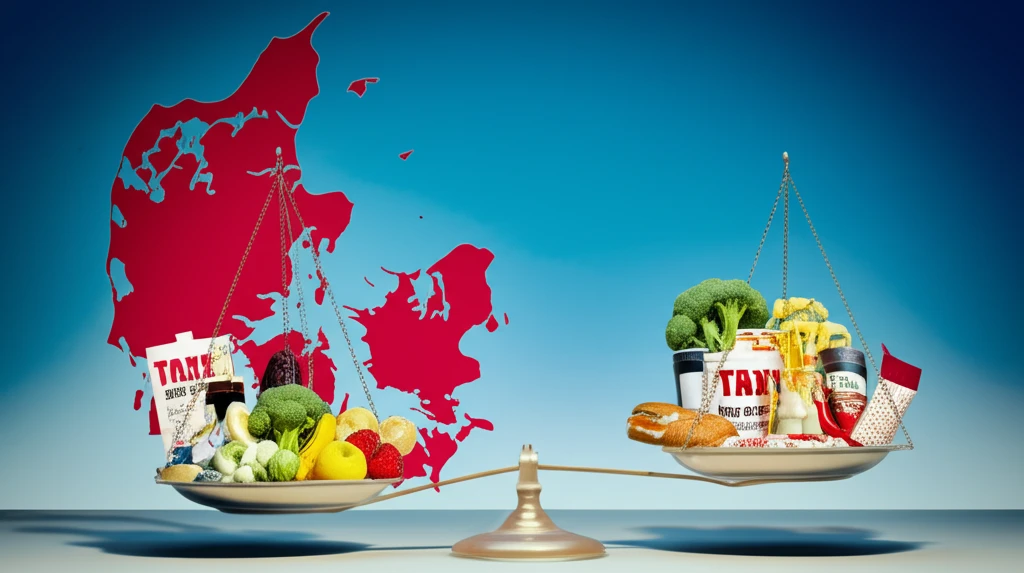
Fat Tax Fails? Lessons from Denmark's Bold Experiment
"A deep dive into why Denmark's attempt to curb saturated fat consumption through taxation didn't quite work, and what we can learn from its rise and fall."
Governments have long used taxes to influence consumer behavior, aiming to correct market failures and promote public health. Taxes on tobacco, alcohol, and sugary drinks are common examples, designed to discourage consumption of harmful products. The underlying principle is simple: make unhealthy choices more expensive, thereby encouraging healthier alternatives.
Denmark, in October 2011, took this concept a step further by introducing the world's first tax specifically targeting saturated fat. The goal was to reduce the intake of saturated fats, linked to cardiovascular diseases. However, this ambitious experiment was short-lived, with the tax being repealed in January 2013.
A recent study delves into the complexities of Denmark's "fat tax," examining its impact on consumer behavior and expenditure. By comparing Danish households to a control group in Northern Germany, the study reveals the intended and unintended consequences of this bold policy.
Why Denmark's 'Fat Tax' Didn't Deliver

The Danish fat tax, officially implemented in October 2011, targeted foods with a saturated fat content exceeding 2.3%. This included common items like butter, margarine, meats, and dairy products. The tax added 16 DKK (approximately $2.51 USD) per kilo of saturated fat, increasing the price of many everyday foods. The intention was clear: make high-fat foods less appealing to consumers and steer them towards healthier choices.
- Limited Impact on Consumption: The tax only significantly reduced consumption of cheese and liver sausage. Other targeted products, like butter and cream, saw little change in consumption.
- Increased Expenditure: Despite stable consumption, expenditure on butter, cream, and margarine actually increased. This suggests consumers were willing to pay higher prices for these items, indicating an inelastic demand.
- Cross-Border Shopping: A significant number of Danish households, particularly those near the German border, engaged in cross-border shopping to avoid the tax. This behavior undermined the tax's effectiveness and reduced revenue for the Danish government.
- Regressive Impact: The tax disproportionately affected lower-income households, who spent a larger portion of their income on food. This raised concerns about equity and fairness.
Lessons Learned and Future Implications
The Danish fat tax offers valuable lessons for policymakers considering similar interventions. It highlights the importance of considering demand elasticities, substitution effects, geographical factors, and heterogeneity among consumers. A successful tax policy must be carefully designed to avoid unintended consequences and ensure equity.
